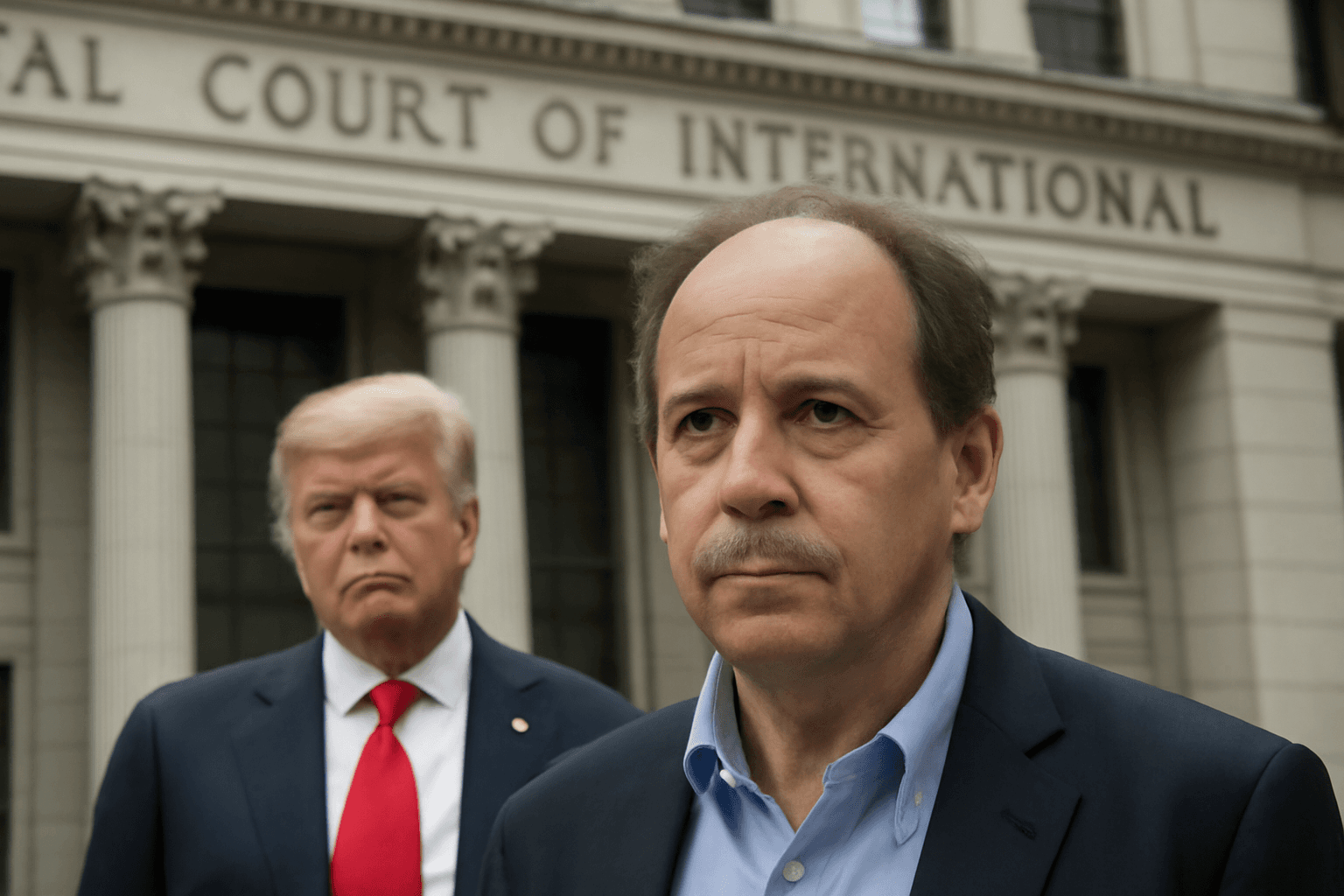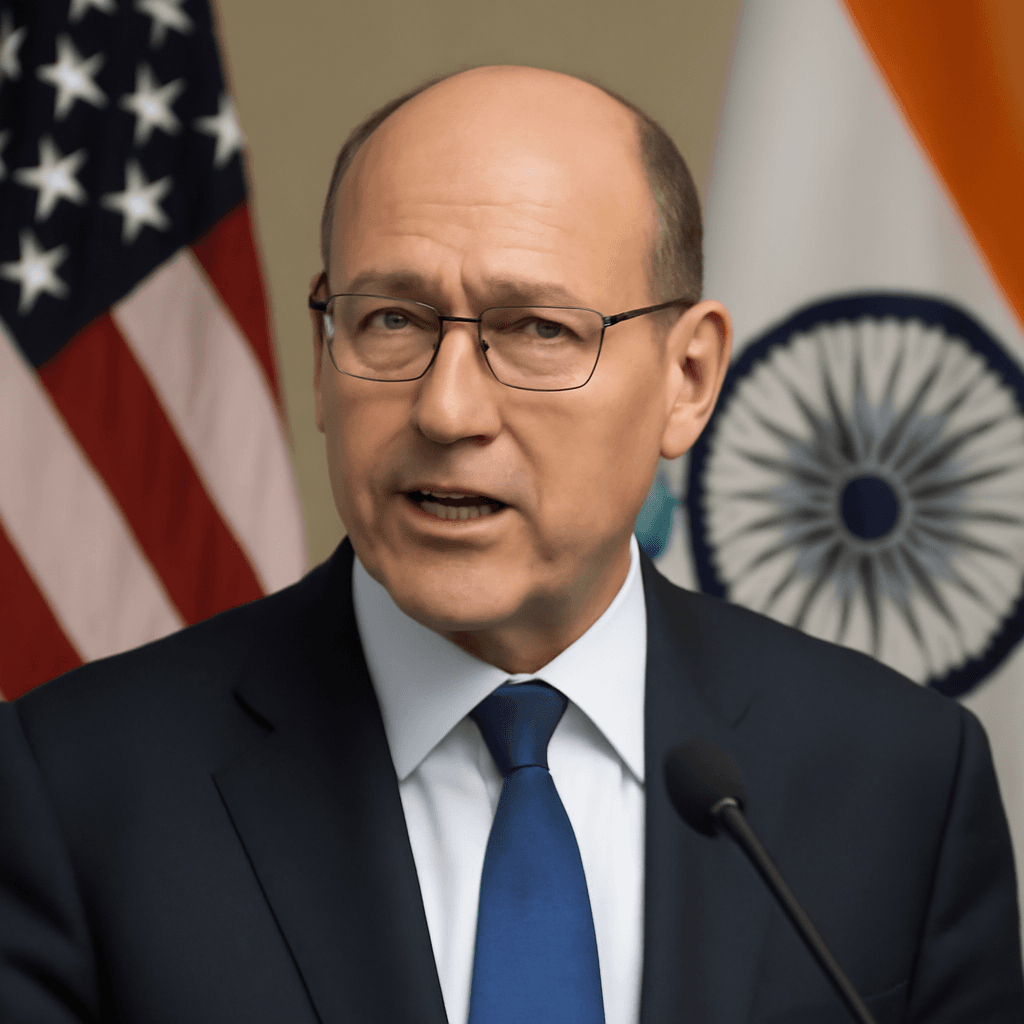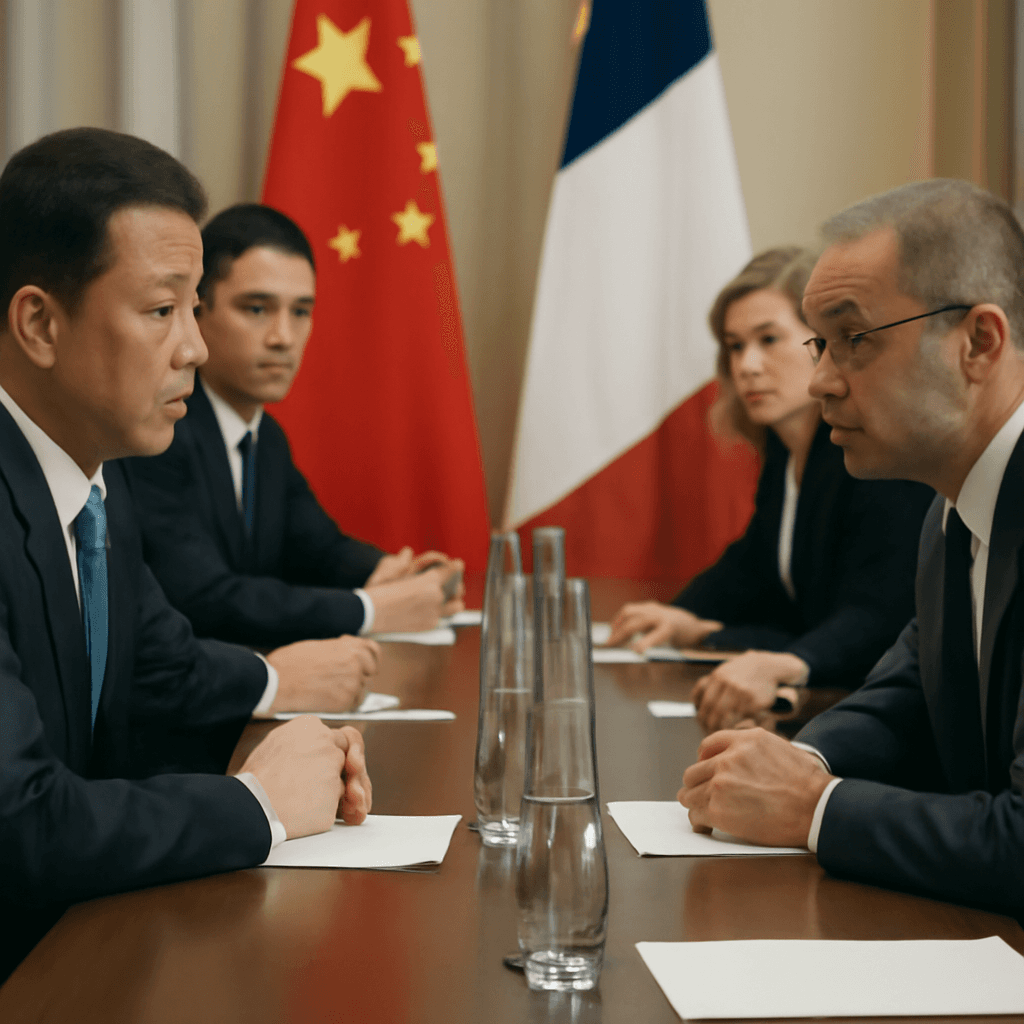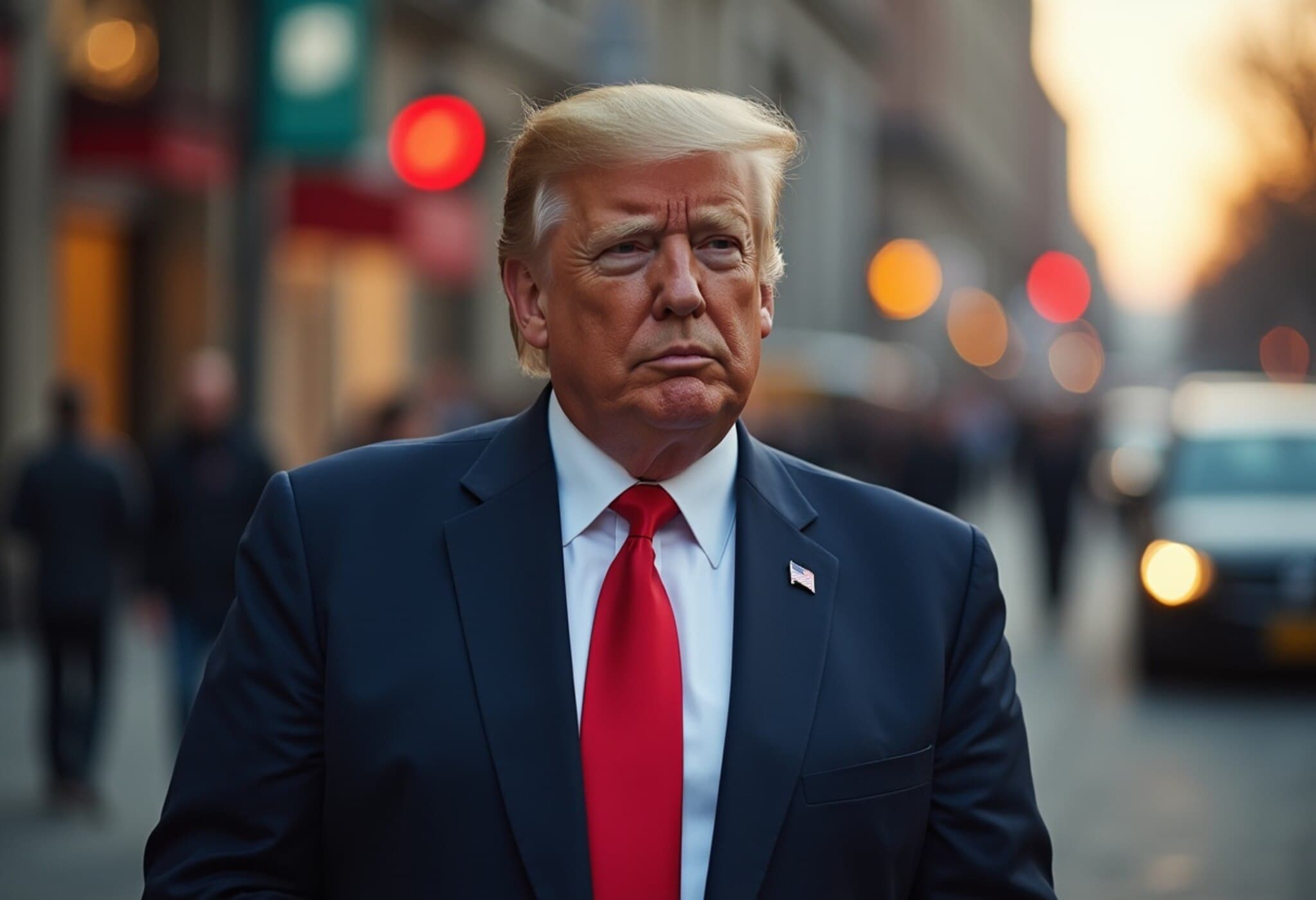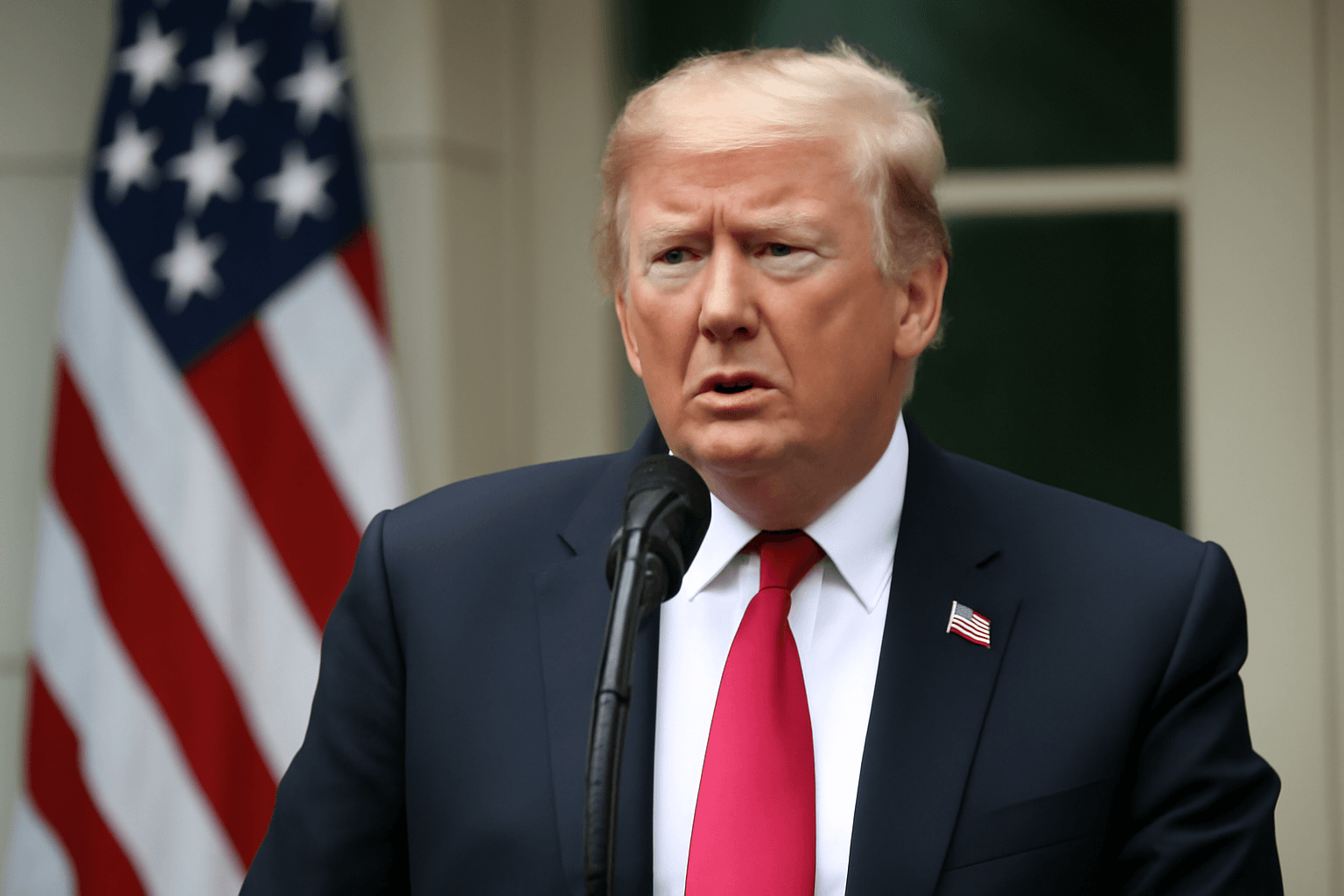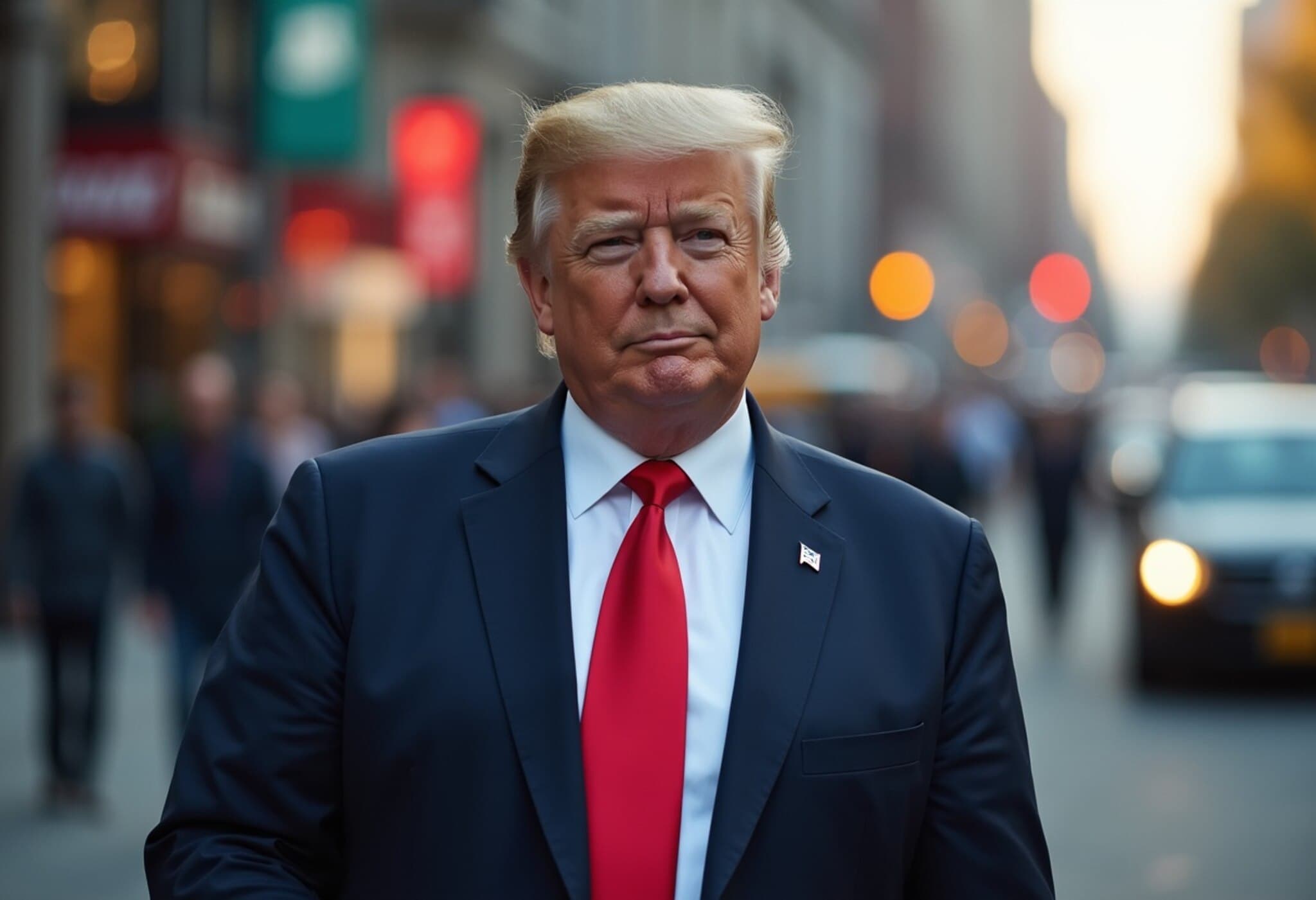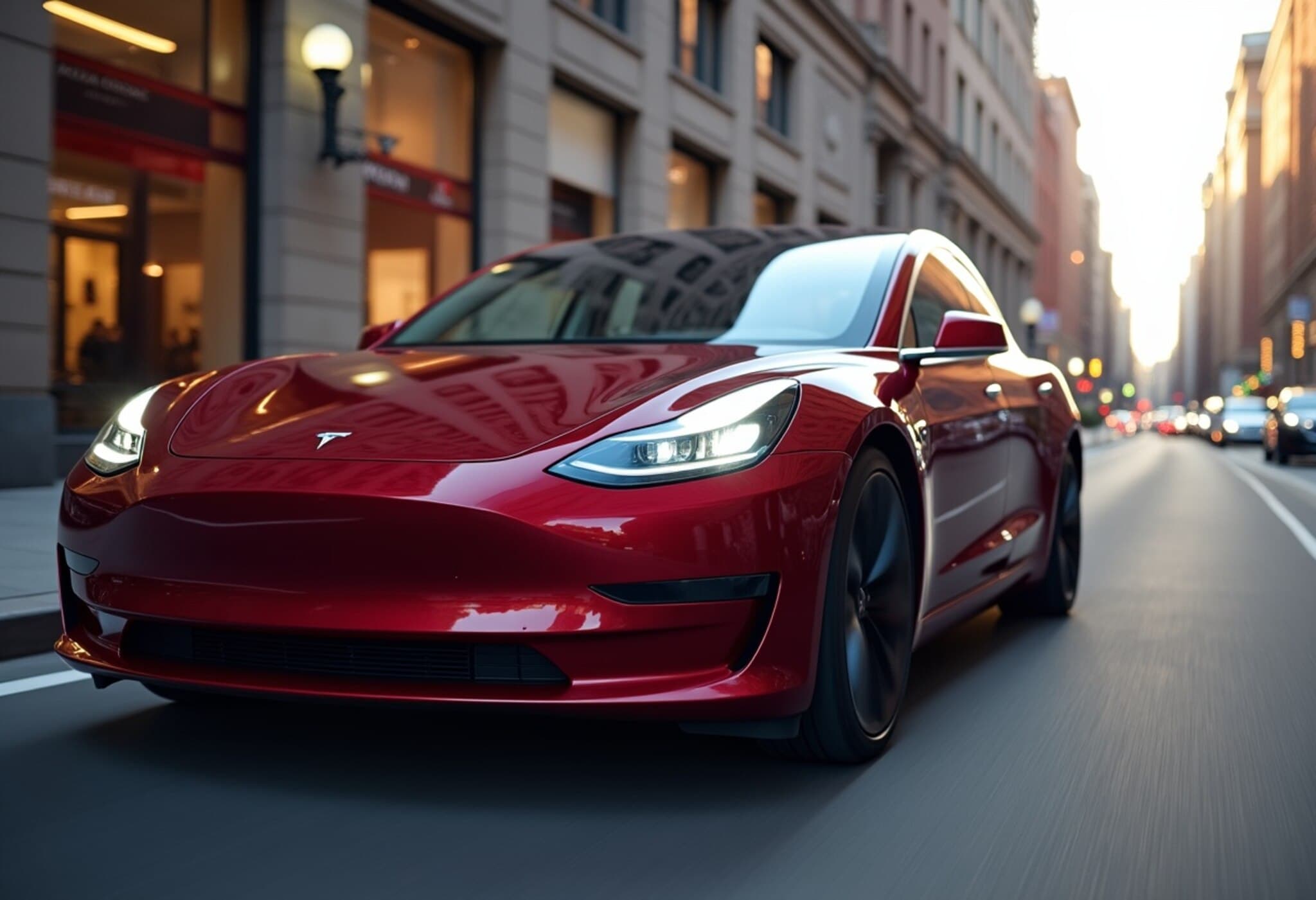UK and India Seal Landmark Free Trade Agreement Boosting Bilateral Trade by $34 Billion
In a landmark moment for international trade, the United Kingdom and India have finalized a comprehensive free trade agreement (FTA) poised to increase bilateral commerce by more than $34 billion annually over the long term. The deal, hailed by leaders from both nations as "historic," was signed on July 24, 2025, in Aylesbury, England, witnessed by UK Prime Minister Keir Starmer and Indian Prime Minister Narendra Modi.
Breaking Down the Trade Deal Benefits
This eagerly anticipated pact removes or drastically reduces tariffs on a wide range of goods, including textiles, automotive products, alcoholic beverages such as whisky and gin, jewelry, and agricultural exports. Notably, up to 99% of Indian goods exported to the UK will be tariff-exempt, a game-changer for Indian exporters aiming to broaden their access to one of Europe’s largest markets.
- The UK’s weighted average tariff on exports to India is expected to fall from 15% to just 3%.
- Tariffs on UK Scotch whisky and gin will be halved from 150% to 75%, with further reductions planned over the next decade.
- Automotive tariffs will drop to 10% within five years, down from levels as high as 110%, supported by a quota system.
- Exemptions on social security contributions for Indian temporary workers in the UK for up to three years aim to facilitate labor mobility.
Strategic and Economic Implications
Economists consider this agreement a strategic win for both nations, particularly for India’s expanding role in global trade diplomacy. Dhiraj Nim, an economist at ANZ Bank, highlighted that the deal targets sectors where Indian goods have historically faced significant tariff and regulatory obstacles, such as textiles and engineering goods. This could catalyze industrial growth and employment opportunities across these sectors.
For the UK, this pact is expected to stimulate economic output by approximately 0.2%, or around $6.5 billion annually, bolstering its recovery and growth post-Brexit. With services and goods trade between the two nations already exceeding £40 billion in 2024, the deal promises to deepen economic ties substantially.
Geopolitical Context and Future Prospects
Beyond the immediate economic gains, the UK-India FTA carries considerable geopolitical weight. Both countries emerge with strengthened positions in the global trade landscape, offering them leverage in ongoing negotiations with key partners such as the United States and the European Union.
Alicia Garcia Herrero, chief economist at Natixis Bank, notes that the deal enhances both countries’ bargaining power on the world stage while providing London a valuable trade foothold in Asia amid shifting global trade dynamics. For India, the accord underlines Prime Minister Modi’s vision of positioning his country as a formidable global trading partner, negotiating on its own terms.
Economic experts further anticipate that the agreement will set the tone for forthcoming trade talks, particularly India's urgent negotiations with the US ahead of tariff increases scheduled for August 1, 2025.
Critical Questions and Underreported Angles
- How will the reduced tariffs impact small and medium enterprises (SMEs) on both sides, especially those in rural India and regional UK exporters?
- What mechanisms are in place to ensure labor rights and environmental standards are upheld amid increased cross-border trade and migration?
- Given that the agreement requires parliamentary ratification, what political hurdles remain, and how might public opinion shape the ratification process?
- How will this FTA influence India's relationships with other major economies and its ongoing efforts to join the World Trade Organization’s plurilateral agreements?
Looking Ahead
While the formal ratification process may take several months, the optimism surrounding this pact underscores a broader shift towards revitalizing trade partnerships in an era of geopolitical recalibration and economic uncertainty. This UK-India deal could serve as a blueprint for mutually beneficial free trade accords between developed and emerging economies.
Editor’s Note
The UK-India free trade agreement marks a pivotal step in redefining bilateral economic relations amidst a turbulent global trade environment. Beyond tariff reductions, the deal symbolizes deepening strategic ties and offers a platform for India's ambitions on the world stage. However, stakeholders should watch closely how the phased tariff cuts and labor mobility provisions unfold in practice, their impact on domestic industries, and the broader geopolitical ripples. As global supply chains continue to evolve, such agreements highlight the intricate balance between economic opportunity and regulatory rigor.




